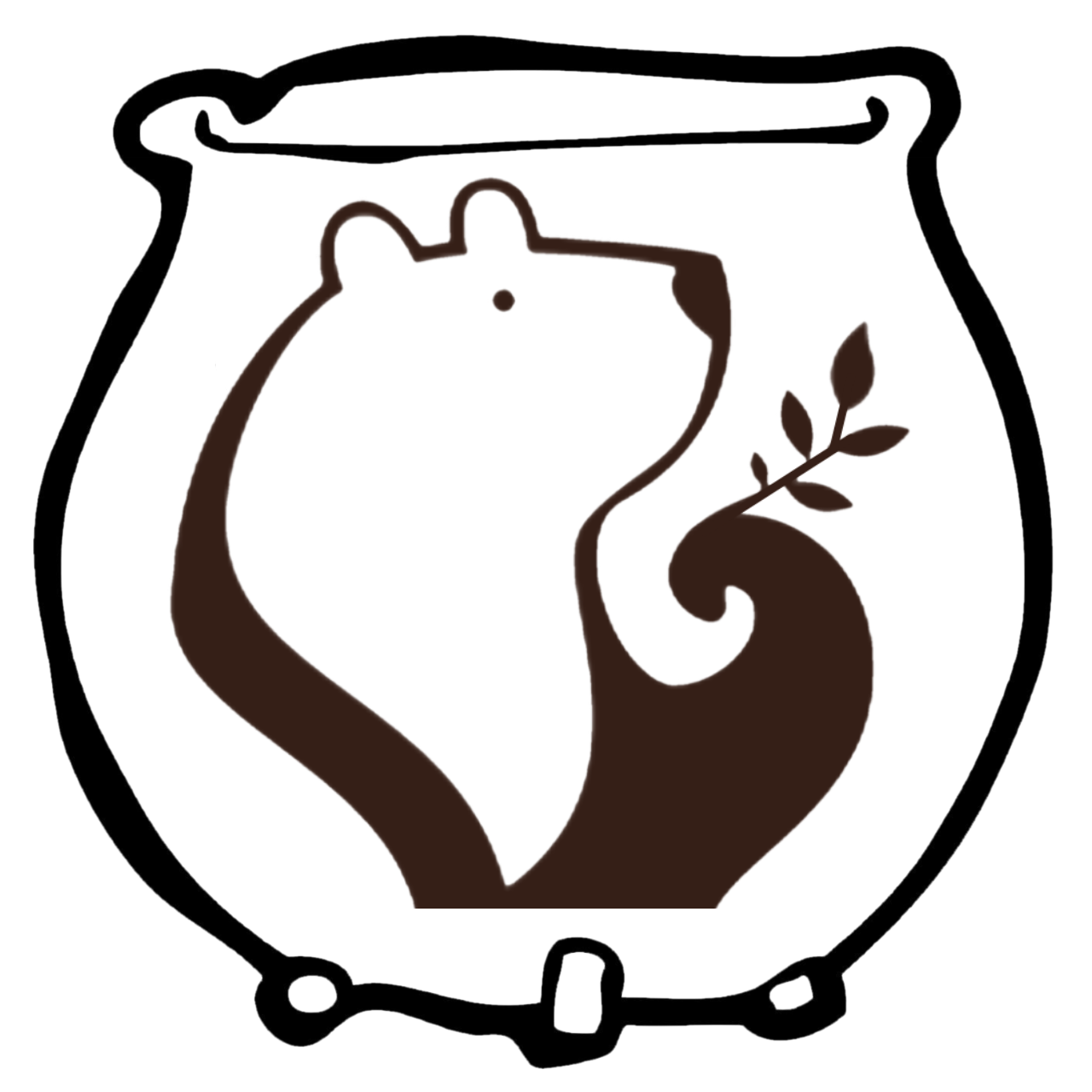Ash
The Guardian
Up the ash tree climbs the ivy,
Up the ivy climbs the sun,
With a twenty-thousand pattering,
Has a valley breeze begun,
Feathery ash, neglected elder,
Shift the shade and make it run –
Shift the shade toward the nettles,
And the nettles set it free,
To streak the stained Carrara headstone,
Where, in nineteen-twenty-three,
He who trained a hundred winners,
Paid the Final Entrance Fee.
Leathery limbs of Upper Lambourne,
Leathery skin from sun and wind,
Leathery breeches, spreading stables,
Shining saddles left behind –
To the down the string of horses
Moving out of sight and mind.
Feathery ash in leathery Lambourne
Waves above the sarsen stone,
And Edwardian plantations
So coniferously moan
As to make the swelling downland,
Far surrounding, seem their own.
Uninhibited, the Ash may grow to be one of the tallest trees in the forest. Her trunk is relatively trim, while her branches reach out to the universe. When young, her bark is smooth and grey, much like her branches. As she ages, however, her bark will develop shallow fissures. In her crone years, the fissures become deeper, appearing more like an old English Oak. She is deciduous, and her leaves are often among the last leaves to appear in the spring and the last to fall in the autumn. Her sooty black buds and upturned grey shoots are one of her best identifying features. Her common name Ash comes from the Old English word for ‘spear’, and she continues to provide straight and strong support. Her leaves were placed under the baby’s bed to protect against mischievous spirits, while in some druid traditions her branch would serve as a protective staff connecting the powers of the earth and heavens. Most Ash species are dioecious (male and female flowers on different plants). That being said, she is very gender fluid. In addition to having some hermaphrodite trees, with age she may change her sexual function from male or hermaphrodite to female.
The Magic of Ash
Correspondences
Element: Fire
Gender: Feminine
Sabbat: Yule
Planet: Sun
Chakra: Unknown
Spellwork
Heal
Power
Protect
Focus
Divine
Ogham
Name: Nuin “Branch Fork”
Aicme (Tribe): Beith
Moriann Kenning: Peace
Letter: N for Nurture
Class: Chieftan
Lunation: Fifth
Gods: Gwyddion, Odin, Norns
Wand: Focus, Protect
The Medicine of Ash
Ayurvedic
Not Applicable
Herbology
Bitter
Tonic
Astringent
Laxative
Diuretic
Purgative
Carminative
Anti-inflammatory
Tree Leaves MUST be BOILED
Infusion: 1 oz leaves in 1 quart water
TCM
Not Applicable
Science of Ash
Botany
Botanical Name: Fraxinus americana
Family: Oleaceae (Olive Family)
Type of Plant: Tree
Habitat: Moist, rich soil, full sun
Zone: 3-9
Bloom Time: April
Height: 60-80 feet
Spread: 60-80 feet
Propagation: Cutting
Harvest: When leaves secrete a gummy substance
Part Used: Leaves (MUST be BOILED)
Constituents: Glucoside Fraxin, Bitter Fraxetin, Tannin, Quercetin, Mannite Gum, Malic Acid
Native Region: Europe, Asia, N. America
Sustainability: At Risk
Leaf
Structure: Compound pinnate
Arrangement: Opposite
Shape: Ovate
Length: 8-15 inches
Margins: Entire
Surface: Glossy
Flower
Inflorescence: Panicle
Sexuality: Imperfect dioecious
Stamen: Shorter
Pistil: Longer
Color: Purple
Size: 1-3 inch
Sacred Story
The Norns are female giants from Norse Mythology who rule the destiny of gods and men. Three women, in particular: Urðr, Verðandi, and Skuld, guard the Well of Fate which is imbued with great wisdom and power. They use water from this well to feed Yggdrasill, an ash tree that holds all of the worlds together.




